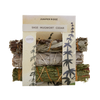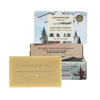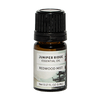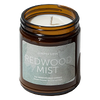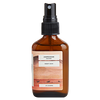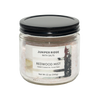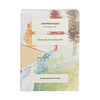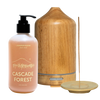
Desert. Coast. Mountains. These are the wild places we go every year, chasing the yearly rhythm of the plants. We’re in the Desert following the seasonal transition of late winter into spring, the Coast for spring into early summer, and the Mountains for summer into fall. Things quiet down for us in the heart of winter. Occasionally, we get a call from Caltrans that a Redwood has fallen down on the Santa Cruz Highway and our wildcrafters head out to remove it and bring the wood back to Oakland for distillation. Other than these surprise opportunities, harvest and formulation really slow down in the winter––that’s why we get so excited when spring rolls around again: it’s time to start the cycle anew.
Sing it with me! Desert Coast Mountains, Desert Coast Mountains.
The Desert in late winter, early spring is pure magic. People don’t usually associate the desert with an abundance of plants, but in reality the desert is way more biodiverse than the coniferous forests of the Pacific Northwest or the Rocky Mountains. With over 2,500 species of plants, wilderness freaks like us wind up worshipping the desert. The desert is where the weirdo plants go to retreat, kick back, and live out their eccentric lives.
The desert’s biome goes nuts in the winter. Rain comes and plants kick into gear with their bizarre and insanely adaptive survival strategies. There are vast swaths of the Mojave Desert that average less than two inches of rain per year. These same places also have a tendency to get ten inches of rain very quickly in one or two days. Plants adapt by oozing oils and resins as they seal in moisture and reflect sunlight; releasing insane, gorgeous aromatics.
The Coast seduces us every year with its beautiful spring explosions. All year long, the coastal mountains of California are dry and the plants are beyond ready for the rain. It’s hurry-up-and-wait, wait… wait some more. Then finally, in the early winter, the landscape explodes with new life. Suddenly, it’s green everywhere. The thick resinous smell of Sage and freshly sprouted green grass permeates the air and gets the bees drunk. Hell, it gets us drunk.
The rhythm of the coast is reminiscent of the desert in its ephemeral here-and-gone nature. It just happens so fast — and some years it doesn’t happen at all — which makes it that much sweeter. Just like an unseasonably warm summer day by the water, you know this moment will probably never come again. Sun blazing in the deep blue sky, hummingbirds flitting overhead, and that unmistakable nectary smell mixed with the salty bite of ocean air — the bittersweet, temporary beauty of the West Coast is unrivaled.
The Mountains, so big and permanent, call to us in late summer and early fall with a siren song of harvest. The snow has melted and we finally get to turn ourselves loose in our annual harvesting spots. While the rest of the west is all dry and crispy in the late summer sun, we stake it out in the higher elevations where it’s all green grass and wildflowers. The early fall catkin blossoms blend with the freshness of gushing creeks and fills the air with sweet, intoxicating, fall meadow fragrance.
There’s nothing in this world that compares to the beauty of wild water. The end of summer is a seasonal sweet spot when the creeks are still flowing strong with fresh snowmelt. We catch the area just before the new snow hits and slows everything way down. Up there it’s just melted snow, dense canopies of trees over granite, and the electric aromatics of everything that’s alive.
We fall in love all over again when we’re working in these incredible landscapes. Immersed deeply in a place, we’re in the heart of exactly what we aim to capture with our products: a moment in time grounded in our wild, primitive selves. Breathe it in.


